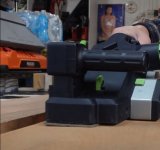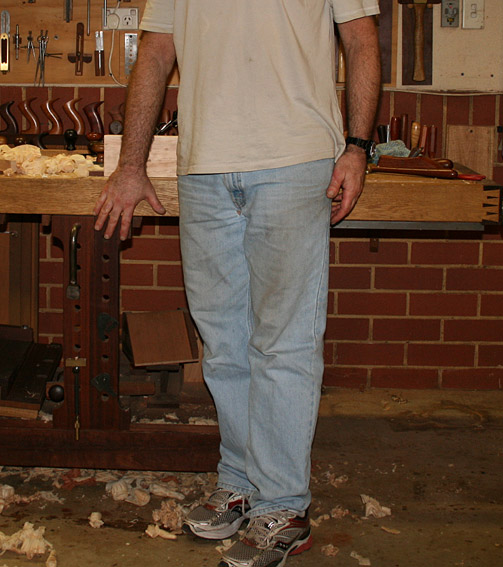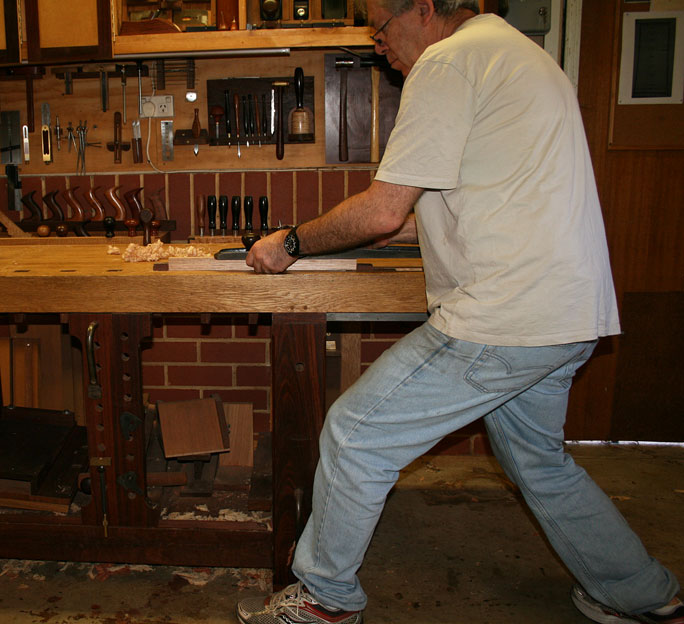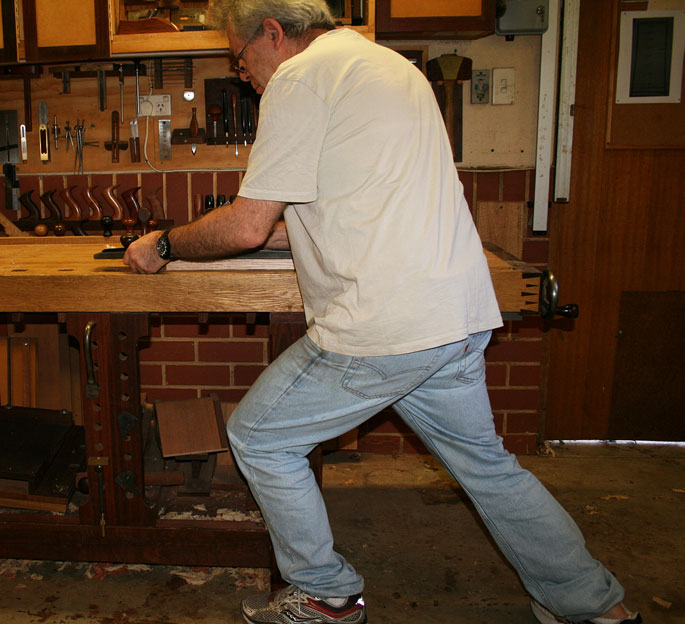onocoffee
Member
Awhile ago, I mentioned that I had met a guy selling his used HL 850 E planer for a very good price - but because, as he described "it was off on one side by just under 1/32 of an inch". After thinking about it for a couple months, I decided to go for it and picked up a couple weekends ago.
Picked up some rough sawn cherry for a table project today and thought it would be a good reason to give the 850 a go and to see the grain, so I made a couple of passes and it does look uneven to me.
Preface: This is my first power planer and my first time using a power planer, so I'm not sure if I'm even doing it correctly. But I did shoot video of the planing and the results and perhaps your seasoned eyes will see what I am unable. Is this actually a problem? I'm thinking yes because of the distinct lines left after each pass. Do you notice a reason why this problem exists? And, is there a way to correct the issue?
I've made a video that I put on YouTube for easier access. If you might have a look and lend me your thoughts, I'd be very grateful.
Thanks!
Picked up some rough sawn cherry for a table project today and thought it would be a good reason to give the 850 a go and to see the grain, so I made a couple of passes and it does look uneven to me.
Preface: This is my first power planer and my first time using a power planer, so I'm not sure if I'm even doing it correctly. But I did shoot video of the planing and the results and perhaps your seasoned eyes will see what I am unable. Is this actually a problem? I'm thinking yes because of the distinct lines left after each pass. Do you notice a reason why this problem exists? And, is there a way to correct the issue?
I've made a video that I put on YouTube for easier access. If you might have a look and lend me your thoughts, I'd be very grateful.
Thanks!






